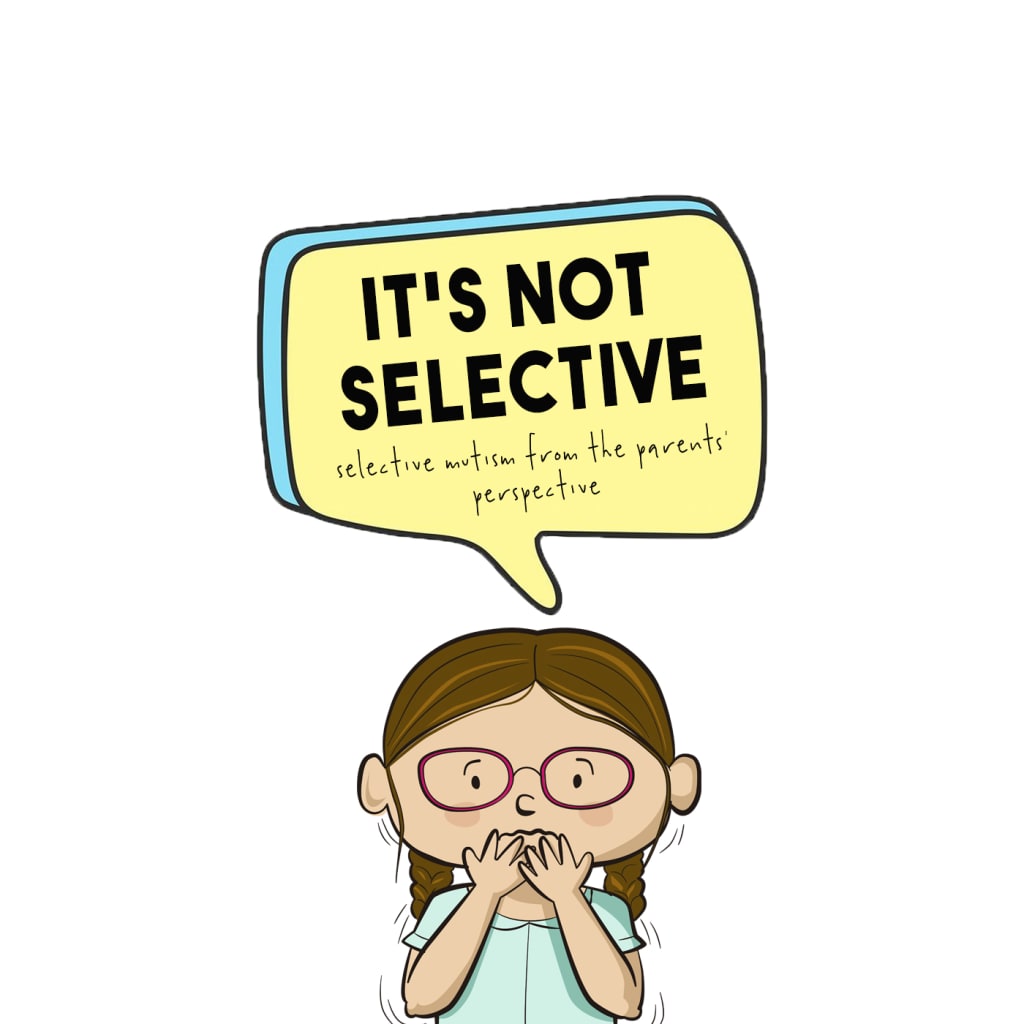Understanding Selective Mutism: Symptoms, Causes, and Treatment Options
Understanding Selective Mutism: Symptoms, Causes, and Treatment Options

Selective mutism is a complex anxiety disorder that affects a person's ability to speak in certain social situations. Children are most commonly diagnosed with this disorder, but it can also affect adults. The condition can have a significant impact on a person's life, making it difficult to communicate with others and participate in social activities. In this article, we will discuss the symptoms, causes, and treatment options for selective mutism.
The primary symptom of selective mutism is a persistent inability to speak in certain situations, such as at school, in social settings, or around unfamiliar people. Children with selective mutism may also display signs of anxiety, such as trembling, sweating, or avoiding eye contact. Other symptoms can include:
- Clinging to a parent or caregiver
- Refusal to participate in social activities
- Difficulty making friends
- Fear of being embarrassed or humiliated
- Difficulty expressing emotions
Causes of Selective Mutism:
The exact causes of selective mutism are not yet fully understood, but it is believed to be related to anxiety and stress. Children who are shy or have a genetic predisposition to anxiety disorders may be more likely to develop selective mutism. Trauma, such as bullying, abuse, or a major life change, may also trigger the condition.
Treatment Options for Selective Mutism:
The most effective treatment for selective mutism is a combination of behavioral therapy and medication. The goal of therapy is to help the individual gradually become more comfortable with speaking in social situations. The following are some treatment options for selective mutism:
Cognitive Behavioral Therapy (CBT):
CBT is a type of therapy that helps individuals change negative thought patterns and behaviors. For selective mutism, CBT can help individuals develop coping strategies and gradually become more comfortable with speaking in social situations. This therapy can also help individuals learn to manage anxiety and stress.
Exposure Therapy:
Exposure therapy involves gradually exposing the individual to situations where they feel uncomfortable speaking. This therapy can be effective in helping individuals overcome their fear of speaking in social situations.
Medication:
In some cases, medication may be prescribed to help manage anxiety symptoms. Anti-anxiety medications or selective serotonin reuptake inhibitors (SSRIs) may be used to help individuals manage anxiety symptoms and feel more comfortable speaking in social situations.
Parent-Child Interaction Therapy (PCIT):
PCIT is a type of therapy that involves the child and their parent or caregiver. This therapy can help parents learn strategies for communicating with their child and help the child feel more comfortable speaking in social situations.
Conclusion
Selective mutism is a complex anxiety disorder that affects a person's ability to speak in certain social situations. The condition can have a significant impact on a person's life, making it difficult to communicate with others and participate in social activities. Symptoms of selective mutism include a persistent inability to speak in certain situations, signs of anxiety, and difficulty making friends. The exact causes of selective mutism are not yet fully understood, but it is believed to be related to anxiety and stress. The most effective treatment for selective mutism is a combination of behavioral therapy and medication. CBT, exposure therapy, medication, and PCIT are all treatment options that can help individuals overcome their fear of speaking in social situations. If you or someone you know is experiencing symptoms of selective mutism, it is important to seek help from a mental health professional. With the right treatment, individuals with selective mutism can overcome their fear of speaking and lead fulfilling lives.
About the Creator
Enjoyed the story? Support the Creator.
Subscribe for free to receive all their stories in your feed. You could also pledge your support or give them a one-off tip, letting them know you appreciate their work.





Comments
There are no comments for this story
Be the first to respond and start the conversation.